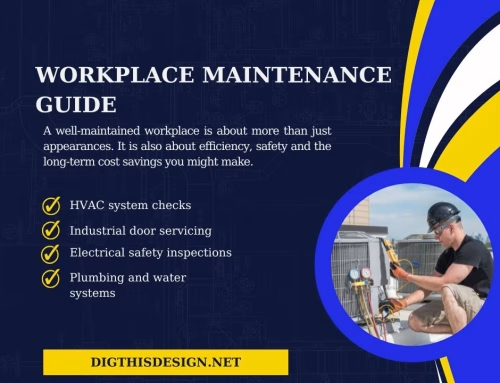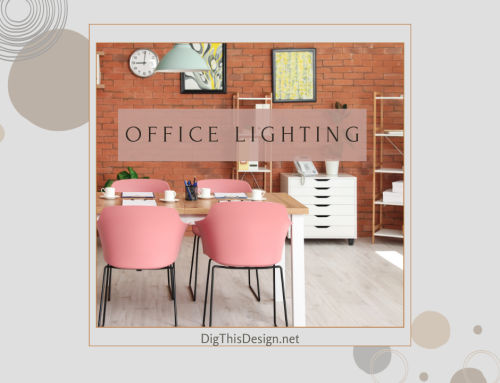First impressions count! Therefore, your website landing page is very important and must be flawless. Of course, the purpose is to grab the audience’s attention from the moment they click on your site.
When it comes to landing page benchmarks, Unbounce finds that the average conversion rate for landing pages is around 9.7%. In this article we explain what a landing page is and how to create one that’s effective for your website. Also, it hopefully will provide much success for your business in the process. So, if this piques your interest, we invite you to continue reading to learn how to create an effective website landing page.
What is an Effective Website Landing Page?

A landing page is a web page that stands alone and is created specifically with a marketing or advertising campaign in mind. It’s where any visitor will land on when clicking on a link. Perhaps it’s an ad that they’ve clicked on whilst browsing their social media feeds or through one of their emails.
The Call to Action (CTA) is the most important piece of a landing page while the purpose of this action is to encourage the user to click through to the current offer.
A landing page is also a great way to increase your customer conversion rates. So what makes an effective website landing page? Below is a list of details you need to know to build an effective landing page.
1. A design for both organization and function.
A big part of what makes landing pages so effective is their choice in design. By considering more thought into the design of the page is likely going to help it rank higher via the search engines.
In fact, 48% of landing pages are ranked in Google Maps and organic search query results. Therefore, the look, feel and performance of the landing page is a critical one in order to influence more conversions on the site.
The main purpose when it comes to your landing page is to give a clear CTA and an efficient functionality that helps the user convert. It’s therefore essential that all the elements of the landing page work and are organized to make it easy for the user to navigate.
So whether your CTA is to sign up to a newsletter, fill in a form or download a free course, think about the design. Consider your audience and cater to their abilities when it comes to using the internet.
Design is an essential part in the process of creating a landing page. It might be helpful to look into ui design definition and how your call to action can best be delivered. From creating an image, button or menu bar, every interactive experience for the user is important to get right.
2. Think of space as a design element and keep it direct.
As humans, when it comes to call to actions, we can be picky. According to Omnisend, landing pages that require individuals to give their gender or date of birth only have around 5-6% conversion rates.
With that being said, simple and streamline is better so only include the information that you need. There’s a fine line between getting what you want and making outlandish claims and overpowering the design.
By overpowering the design, you risk losing your visitors while they click off before they complete the CTA!. Remember that many individuals tend to scan content and so use short paragraphs and plain English. Also, make use of bullet points and streamline your content to focus on the important parts.
If you find yourself adding in too much text, you might consider video content. You may find this to be very successful as viewers tend to retain 95% of a message when they watch it in a video, as opposed to 10% when reading.
3. Think about keywords and attention-grabbing headers.
Do you know it takes around 50 milliseconds for a user to form an opinion and decide to stay on the page or click off? When you’re working with such a limited time frame, every millisecond counts to impress.
Therefore, design what attract attentions instantly and more importantly, maintains that attention. This can be done through the choice of keywords and headers that grab the attention of the user.
What you include in the header and any subheadings should be enough to keep the user engaged with the landing page. The rest of the content should then influence the user to follow through to the CTA.
This is something that’s easier said than done but with thorough research and effort, it is achievable. Most companies know that keywords are important. If you need keywords, it’s always worth looking at external resources for this task.
4. Make it mobile-friendly for all devices to gain a winning customer base.
With 52.2% of all website traffic generated from mobile phones, it’s no surprise that a lot of successful landing pages are mobile-friendly. Having a landing page that’s mobile-friendly is another positive contribution in making the experience for the user a lot easier. The layout displayed on a desktop should look and function exactly the same when it’s viewed via a mobile phone or tablet.
There are a number of elements to include when making your website landing page mobile-friendly as follows directly below.
- Easy to navigate.
- Fast loading times.
- Functional buttons and visual features.
- Clear and easily viewable.
It’s relevant in this modern era that you ensure landing pages and the website in general are device friendly.
6. Know and cater to your specific audience for the best results.
Every business caters to a different audience and the same is true for websites. First, you must know who your audience is and how they will benefit from your product. Think about the demographic and what they prefer to see and perhaps not want from the landing page.
By customizing the landing page with your target audience in mind, you’re likely to see a more responsive reaction. There may also be occasions where you create landing pages that cater for different audiences. For example, someone that clicks on the landing page from your email subscribers might be completely different to one that’s clicked on one from your social media ads.
A great way of knowing who your audiences are is by assessing any data you have and any analytics you may have access to. Thankfully, there are many platforms in which this data is free to view and utilize to your advantage.
7. To help increase website landing page conversion, provide incentives and offers.
Not every business or organization can provide it but a lot of users interact well with landing pages that offer some form of incentive or offer. For example, by signing up to a newsletter, they might receive 50% of their first order or a free product.
It doesn’t need to be a significant amount or one that severely impacts your business profits but it can be that extra nudge the user to convert.
You must also put yourself in the position of the user. What is an offer or incentive that your readers won’t dismiss? Remember, there must be something in it for the user.
8. Keep testing for better website landing page conversion results.
Can you honestly say that your landing page is highly successful before testing? If you happen to have a stroke of luck, then maybe so. But, testing and tracking a landing page always proves more successful.
By monitoring its progress and the interaction with users, it provides you with the intel on its performance. You may find that one of your landing pages is doing exceptionally well, while the other is struggling to make conversions.
You won’t know what differences or similarities they have unless you’re willing to put in the time and effort to spot them. Testing and tracking results is a must and will certainly help refine your efforts when creating landing pages in the future.
In conclusion.
An effective landing page can do wonders for a business, regardless of what the call to action may be. By using the tips mentioned above, hopefully you will have knowledge and resources available to generate more conversions for your business. If you have any questions or suggestions, we always love to hear from you in the comments below. Also below are links to more fantastic articles about ALL things DESIGN for your home or business.
Author Bio: Natalie Redman
Email: natalieannredman92@gmail.com. Freelance writer for many clients including Skale, Natalie has two years of copywriting experience. Natalie has a wide range of experience copywriting for web pages for businesses across many industries. She’s also an owner of two blog websites and a YouTube content creator.
Other Posts You Might Enjoy:
These Guaranteed SEO Services will Give Your Website the Edge in 2021
5 Ways to Build a Strong Brand Authority on Instagram





